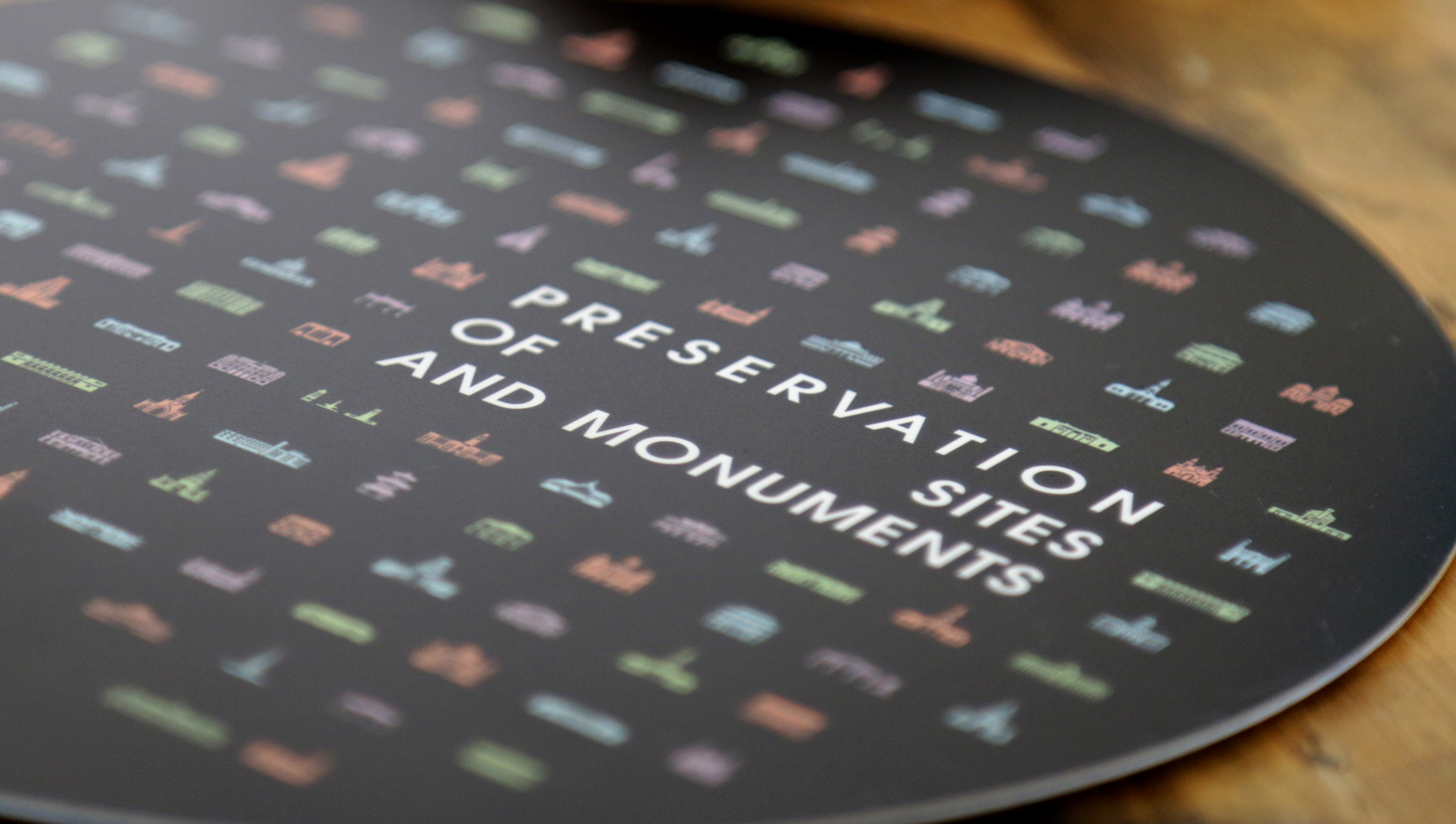So much hoo-ha has been made over whether the late Lee Kuan Yew's house on Oxley Road should be preserved, even though the man himself had stated definitively his desire for it to be razed.
But then there is the argument that one man's desire (even if that man is Lee Kuan Yew) cannot stand in the way of preserving a country's heritage in an ever-changing environment.
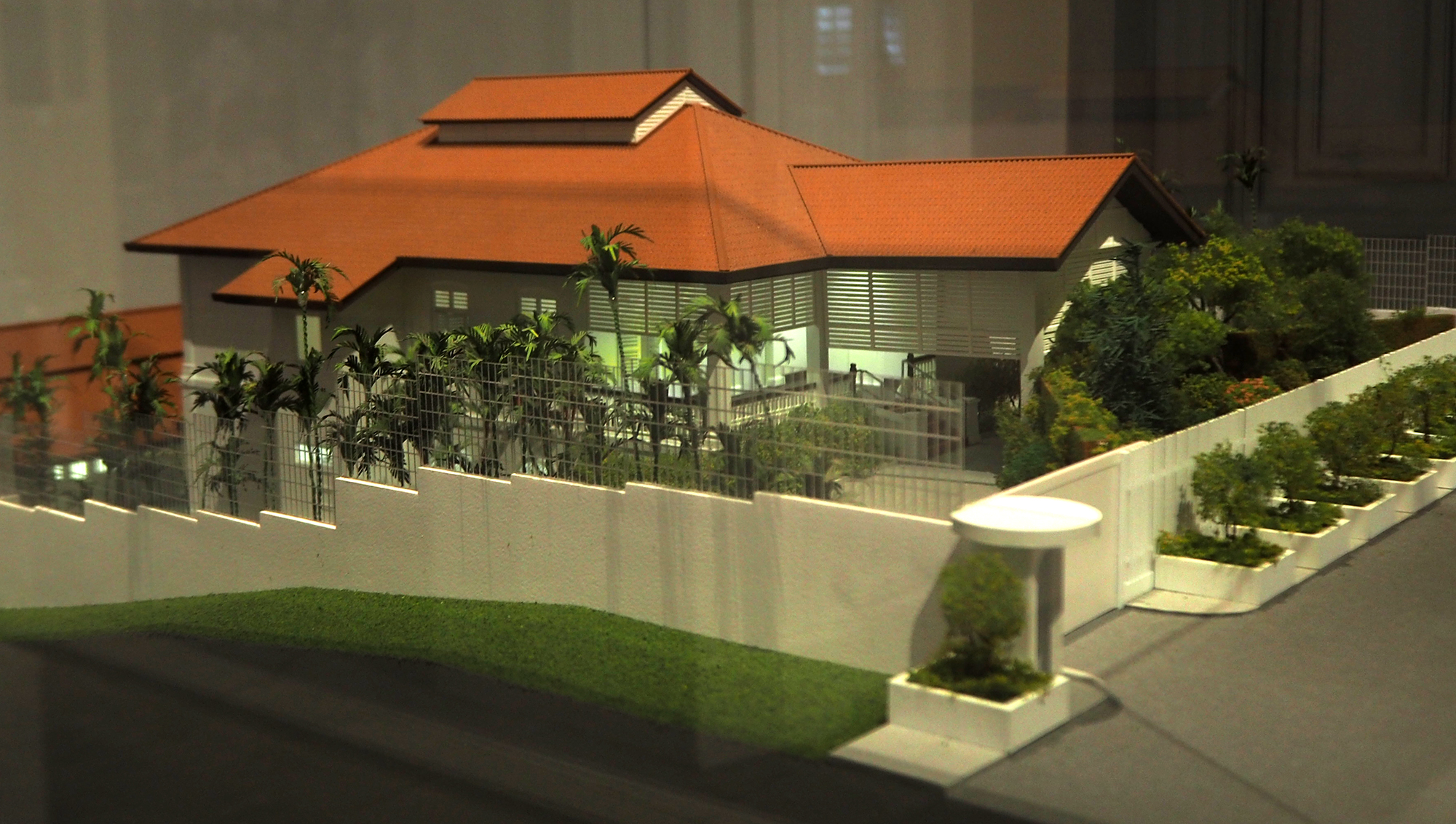 Scale model of 38 Oxley Road. Image by Tan Guan Zhen.
Scale model of 38 Oxley Road. Image by Tan Guan Zhen.
The whole saga on 38 Oxley Road has thrown up an important question -- what is the difference between the conservation and preservation of buildings in Singapore?
First things first: the Government decides which tangible portions of our heritage are worth keeping and they do this by gazetting a particular site for conservation or preservation.
To gazette simply means to publish a notice - this is is done via the Singapore E-Gazette, a daily journal accessible here.
Conserving buildings and sites
The Urban Redevelopment Authority (URA) oversees the conservation of buildings and sites. Conservation applies to buildings and sites with architectural or aesthetic importance.
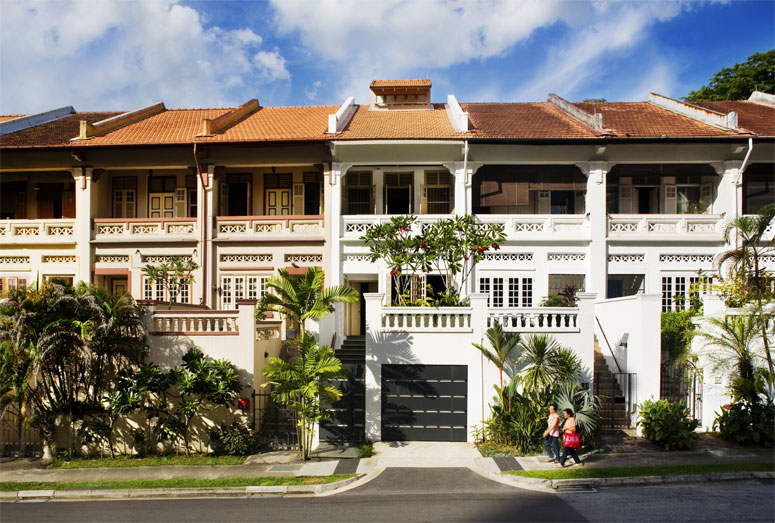 Conserved terrace houses in Cairnhill. Image via.
Conserved terrace houses in Cairnhill. Image via.
According to the URA, buildings and sites which have been gazetted for conservation should abide by a 3-R Principle -- "Maximum Retention, Sensitive Restoration, and Careful Repair".
 Conserved shophouses in Chinatown. Image via.
Conserved shophouses in Chinatown. Image via.
This means that owners of conserved sites and buildings can conduct repairs and restoration works, but only according to the guidelines set by URA so as to "retain the inherent spirit and original ambience of (the) historic buildings as far as possible".
Broadly speaking, the facade of the conserved building must be retained while interior works can be done.
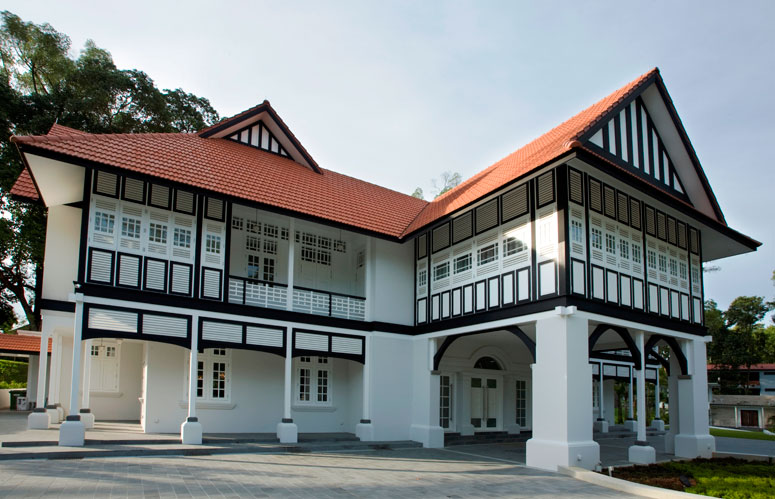 Conserved 'Black & White' bungalow. Image via.
Conserved 'Black & White' bungalow. Image via.
Even the use of buildings in conserved districts are restricted to certain activities. For example, the Emerald Hill conservation district is only restricted for residential use.
However, as seen in the case of the Ellison Building, even conservation status doesn't really mean a thing in the face of certain infrastructural development.
Preserving National Monuments
On the other hand, preservation entails even stricter guidelines and applies to National Monuments -- sites and buildings which have historical value. These built heritage are protected by the Preservation of Monuments Act.
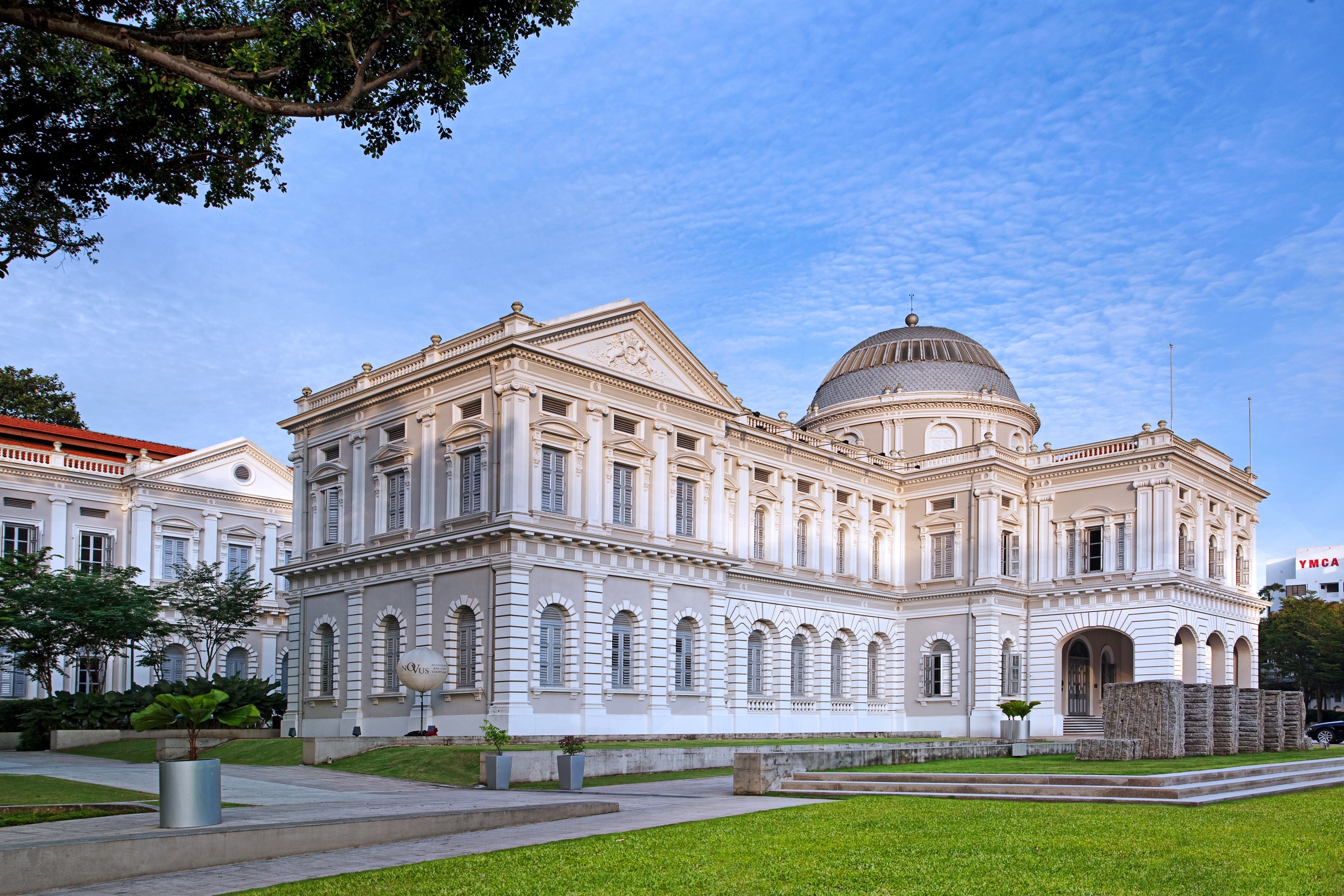 National Museum. Image via.
National Museum. Image via.
The legal protection by the Act allows the government to keep the monument's architectural and intrinsic historical value intact.
But, this doesn't mean that the monument cannot be altered. Rather, the law makes it harder to affect changes to said monument.
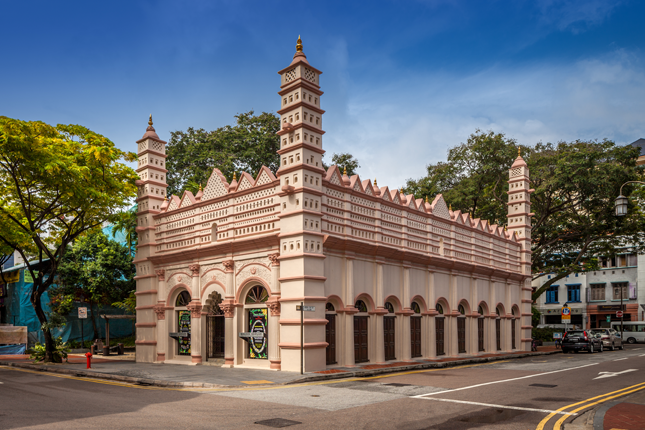 Nagore Dhargah. Image via.
Nagore Dhargah. Image via.
More importantly, each National Monument has a unique set of preservation guidelines which includes its historical records and a framework for future renovations and regular maintenance.
Preservation of monuments come under the purview of Preservation of Sites and Monuments division under the National Heritage Board (NHB).
Up till now, all national monuments in Singapore have been preserved in their entirety.
So conserve or preserve 38 Oxley Road?
The guidelines as to which buildings to conserve or preserve are still not entirely clear.
Nonetheless, after knowing all these, you might be wondering how will these apply to 38 Oxley Road?
Well, let's look at it in these three contrasting ways:
1) If the Oxley Road house is conserved as a heritage site, it can be fully or partially demolished. This includes DPM Teo Chee Hean's suggested option of keeping the basement, while demolishing the rest of the house.
2) If the house is preserved as a national monument, then it would be kept in its entirety, and no demolition is allowed.
3) If only part of the house, such as its basement, is preserved as a national monument, then the rest of the house can be demolished except for the basement. This will also follow DPM Teo's suggested option.
And it seems like these little differences in wording is playing out in the Lee family feud at the moment.
For more developments on the 38 Oxley Road saga:
Top photo by Joshua Lee.
If you like what you read, follow us on Facebook and Twitter to get the latest updates.
If you like what you read, follow us on Facebook, Instagram, Twitter and Telegram to get the latest updates.
